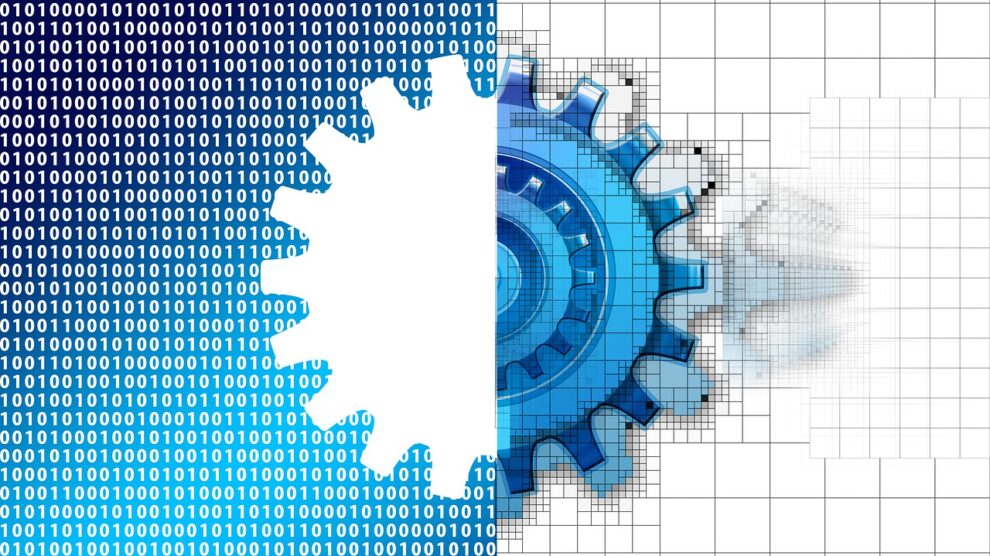A Software Product Development Life Cycle is the process of planning, creating, testing, and deploying software. It is a pre-defined framework adopted by software enterprises. Each product would have a different software development model such as Waterfall, Spiral, V-model, Rad, Agile, etc., so the SDLC varies according to models. In this blog post, we shall check out the 8 stages of the Software Development Life Cycle.
1. Ideation
This is the stage where we brainstorm our ideas. The ideas may not be concrete or executable, yet we can note them down. The aim behind doing this is to refine the ideas in the upcoming stages to bring innovation into the picture. The process can be done in group discussions manually or with the help of software tools. Some of the AI-based tools for this process are Milanote, XMinds, etc. Irrespective of the methods, the stakeholders are always a part of the discussion. The client’s needs are our priority in all stages.
2. Planning and Analysis
In this stage, the ideas are refined and filtered based on market trends, client’s needs, the budget estimate of the project, time, etc. The features and functions of the software product are defined and documented. The Software Requirements Specification (SRS) document is created in this phase.
3. Feasibility Study
Here, the practical resources to implement the above plans are listed. This includes the technology stack, budget, team allocations, working environments, etc. The feasibility study considers economic factors, legal standards, technical needs, operational feasibility, time frame, etc. The Software Requirements Specification (SRS) document from the previous stage comes in handy here.
4. Design and Prototyping
In the design phase, the front-end features of the application such as User Interface for the intended platforms, for example, Android-iOS or Windows-MacOS, templates, color palettes, and boilerplates, are created. The UI and UX of the designs are worked on and finalized in this stage. This can be done by creating prototypes. A prototype is an early version of a software product, which can be used to give the user an idea about the product in the future. The user can interact with the prototype. Based on their inputs, the product’s design is refined, and features to be implemented in the development phase are listed clearly. In the modern SDLC, we perform testing at all phases, so usability testing is carried out here. In some cases, the prototypes undergo modification or are discarded. Sometimes more than one prototype is given to the users allowing them to choose the best option. In this case, A/B testing is carried out, which helps the teams decide which option to proceed with, based on the user’s choices.
5. Development
In this phase, the designs are converted to functional software. The source codes are written by the developers using the previously decided tools, languages, and frameworks. A large code is split and written by many developers; therefore, a source code management application is a must in this phase. The application allows the developer to track the changes made to the code and control the access. Apart from coding, the development team needs to upskill themselves in case they’re opting for new technology. The team is responsible for fixing errors and glitches, to ensure that the code is compiled successfully. Proper documentation is created in this phase, which acts as a guide for the software product.
6. Testing
After the source code is written, it is tested by the test engineers either manually or by using tools like JIRA, Jenkins, Selenium, etc. The code may be free from bugs, but it should pass all the test cases also. The testers frame the test cases and test the software accordingly. There are different types of testing such as accessibility testing, functional testing, black box testing, load testing, integration testing, interactive testing, security testing, white-box testing, etc. The testing team re-sends the code/module to the development teams when the test cases do not delivery satisfactory results.
7. Deployment and Delivery
The software is deployed in increments into the marketplace or ground reality. Depending upon the enterprise, the deployment process begins either manually or automatically using Application Release Automation (ARA) tools to the production environment. These tools are mostly linked with continuous integration tools to facilitate successful incremental releases of the working software. In this phase, the functioning software is delivered wholly to the production environment if the increments are successful. Otherwise, the increments are rolled back and fixed and then deployed again.
8. Monitoring and Maintenance
Once the software product is delivered, it is constantly monitored to look out for defects and issues that the user might encounter. The user feedbacks and reviews are analyzed. The respective teams fix the defects or improvise the software products. The bug fixes may not flow through the entire cycle, but a well-planned process is carried out so that the fix doesn’t introduce other problems. This practice is also known as regression.
I hope this blog post gave you a clear idea of the 8 stages of the Software Development Life Cycle. The tasks in each stage may be performed together, or are independent. A successful SDLC would require cooperation and smart work across all teams. In recent times, adopting DevOps tools and best practices in the SDLC has become the norm. This helps to speed up the software product development process by automating, otherwise manual processes. Irrespective of the best practices adopted, understanding the user’s requirements and queries is the key to optimizing the whole software product development process.





